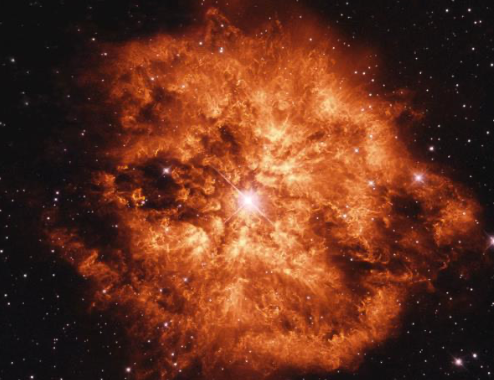New Delhi, Apr 9: The stars we see in the sky at night are made up of mostly hydrogen and helium gases. A star is held together by its own gravity. The hydrogen burns into helium creating nuclear fusion and emitting light and heat.
Four Indian scientists from the Aryabhatta Research Institute of Observational Sciences in Nainital in collaboration with foreign scientists from the US, UK, Canada, Ireland, Italy, Sweden, and South Korea tracked a rare supernova explosion. They conducted the monitoring of a stripped envelope supernova called SN 2015dj in the galaxy NGC 7371.
But what is a supernova and what does a supernova explosion mean? A supernova is a star’s colossalexplosion at the end of its life. Massive stars burn huge amounts of nuclear fuel at their center. This produces a lot of heat. This heat generates pressure which helps the star from collapsing. The star’s gravity tries to squeeze the star into a tiny ball. But the strong outward pressure created due to the burning of nuclear fuel resists the inward pull of gravity. When the star runs out of fuel, it cools off causing the pressure to drop. Hence, gravity wins out and the star collapses. The collapse happens so quickly that it creates enormous shock waves and causes the outer part of the star to explode. This is what we observe as a supernova explosion.
The scientists found that the original star was a combination of two stars, one of which is a massive Wolf Rayet star. It is to be noted that Wolf Rayet stars, named after its discoverers Charles Wolf and George Rayet, are exceedingly rare stars. They are highly luminous objects, over twenty times the mass of our sun and millions of times brighter.
Monitoring of such explosions provides insights into the nature of exploding stars as well their properties. They also help us to understand the massive stars present in the galaxy.


